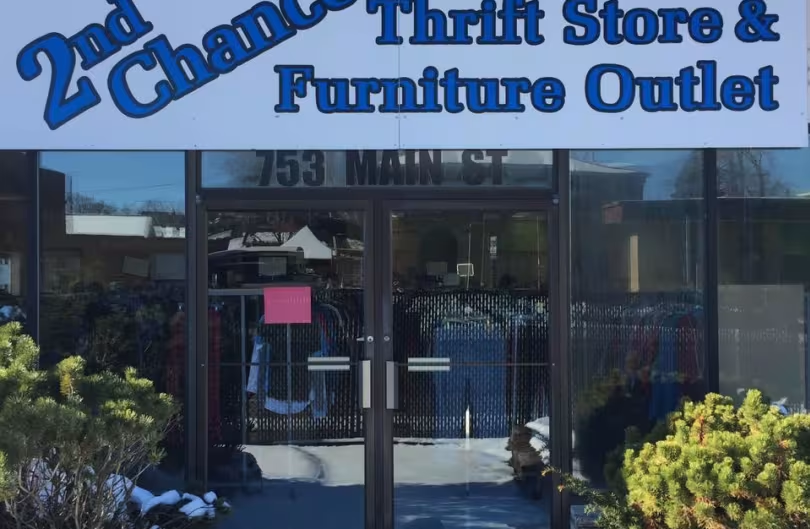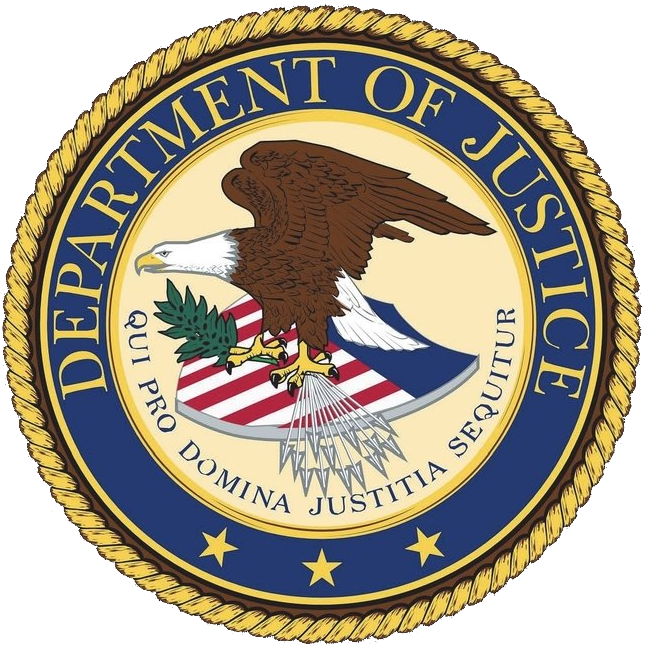Why Fraud-First Matters
Fraud has no title. Neither do we.
Owners, executives, bookkeepers — anyone can commit fraud. That’s why SecAsset locks every role behind the same guardrails.
🔒 Guardrails for Everyone
SecAsset treats every role as a potential risk. No one — not even the owner — can bypass audit logs or security checks.
✅ Dual Confirmation
High-risk transactions (large amounts, new vendors, personal transfers) can require a second approval — even if the request comes from the top.
📲 Full Transparency
Every approval, denial, and edit is logged. External auditors or CPAs can be copied automatically, so oversight never depends on trust alone.
SecAsset is fraud-first. Because fraud doesn’t start with hackers — it starts with access.



